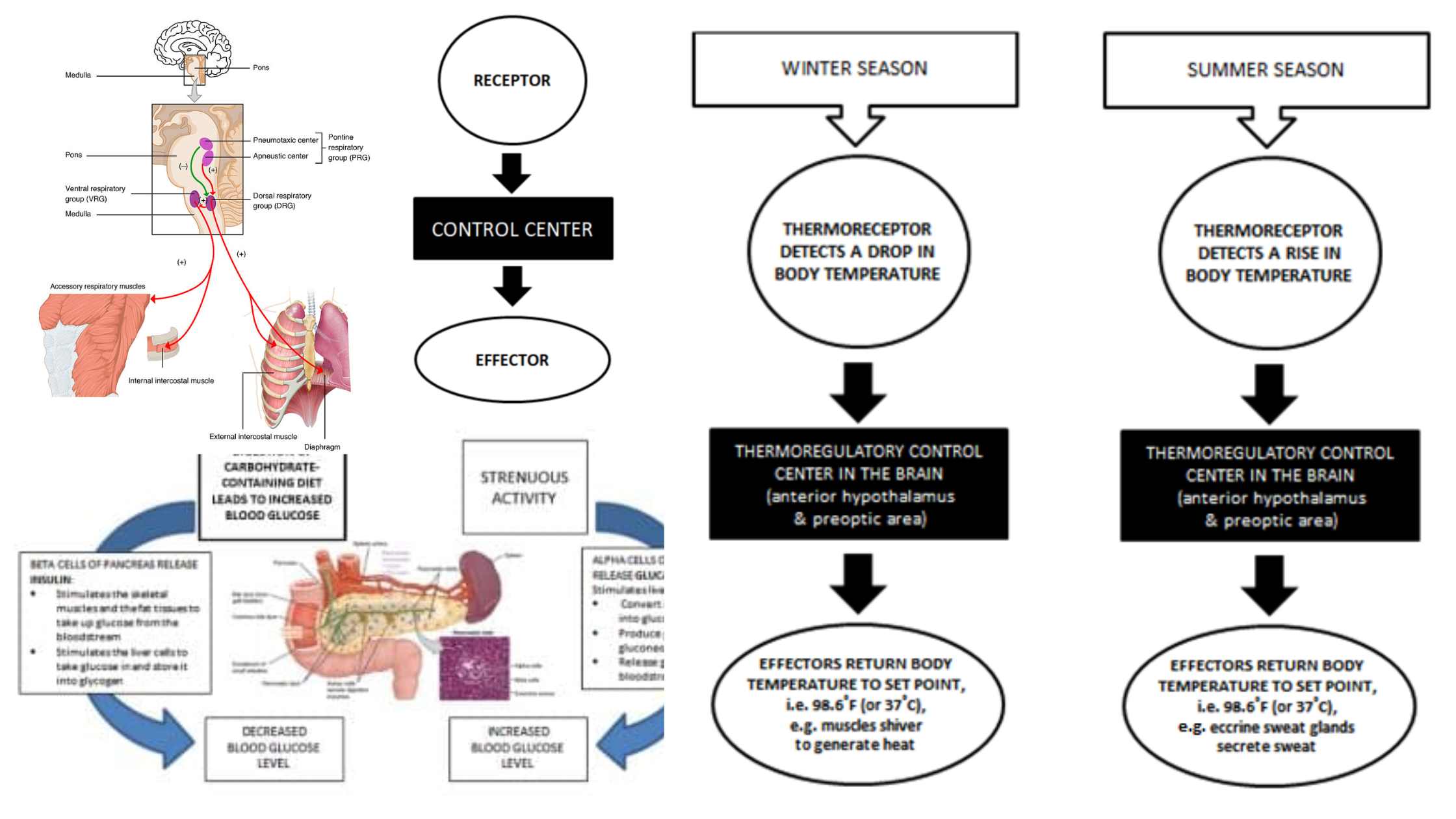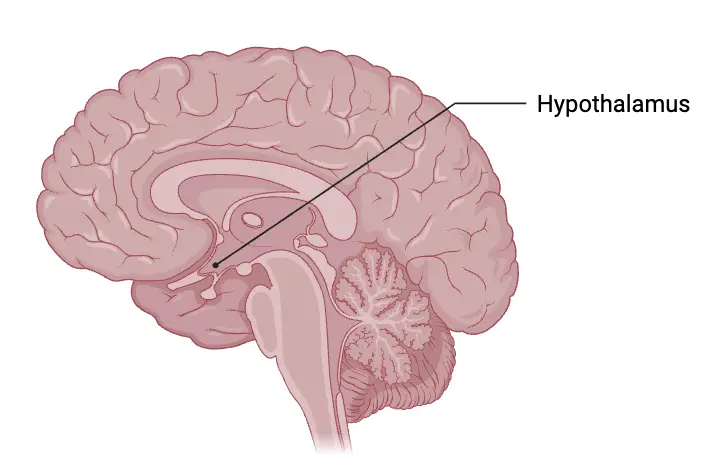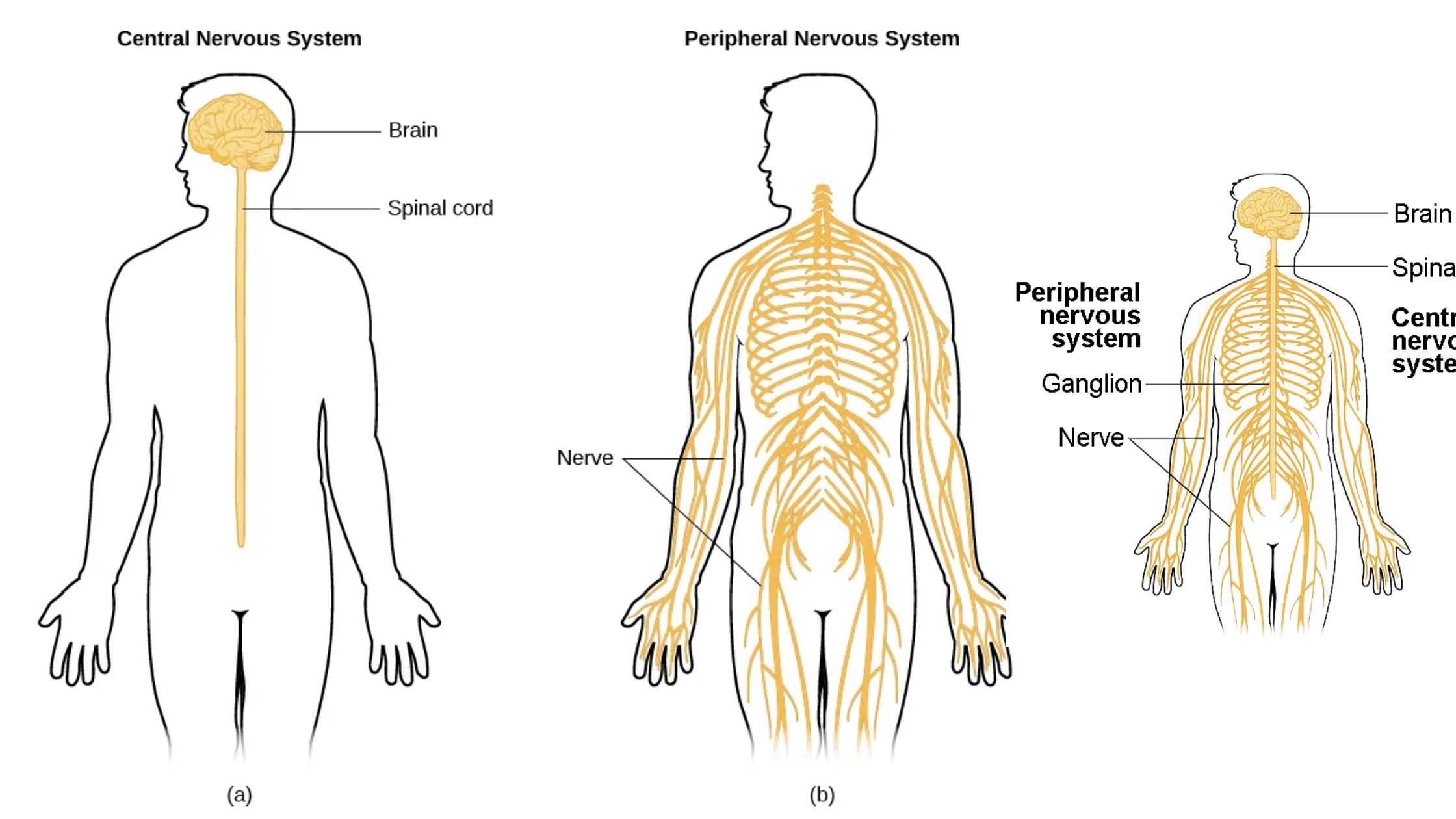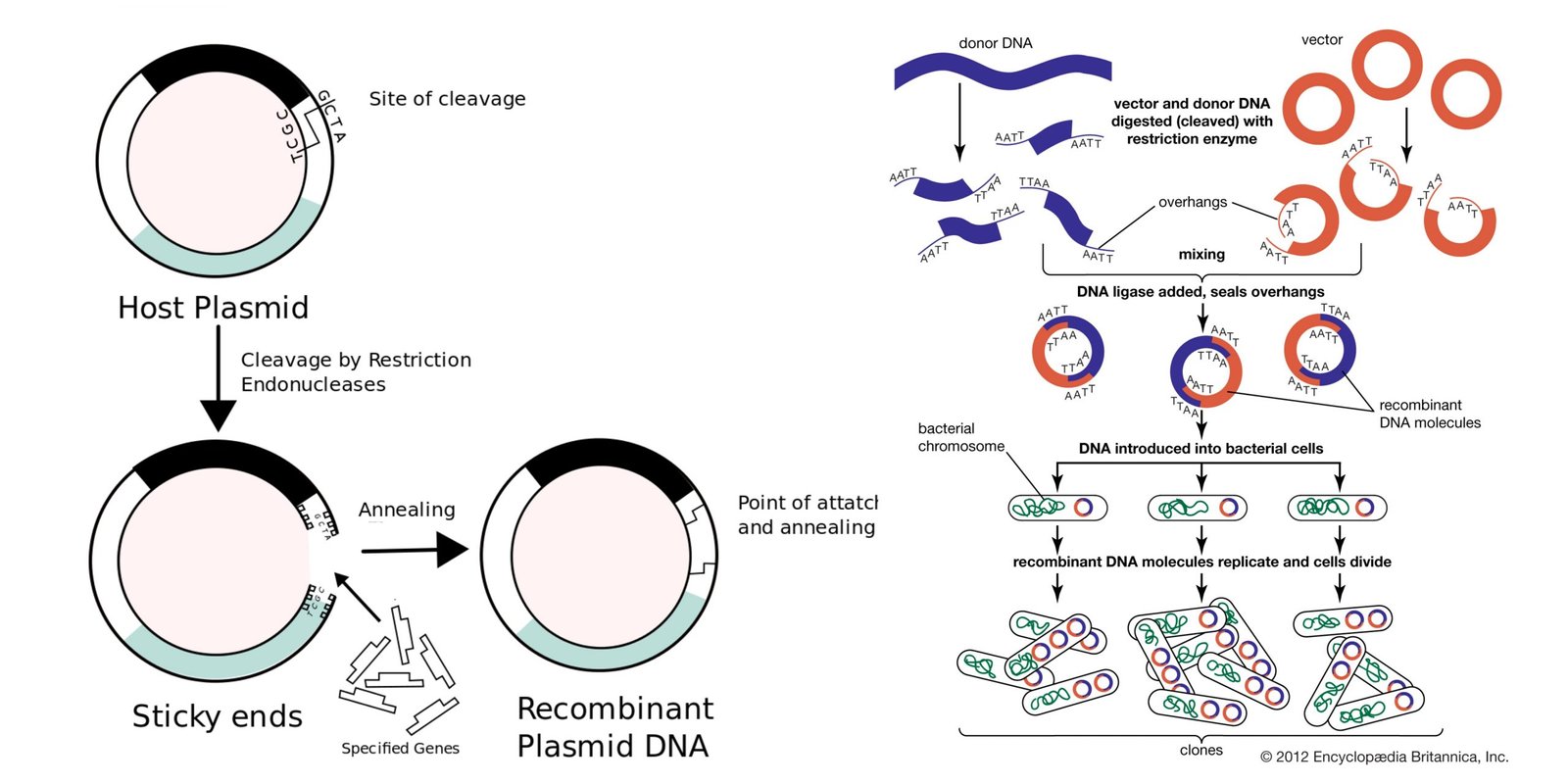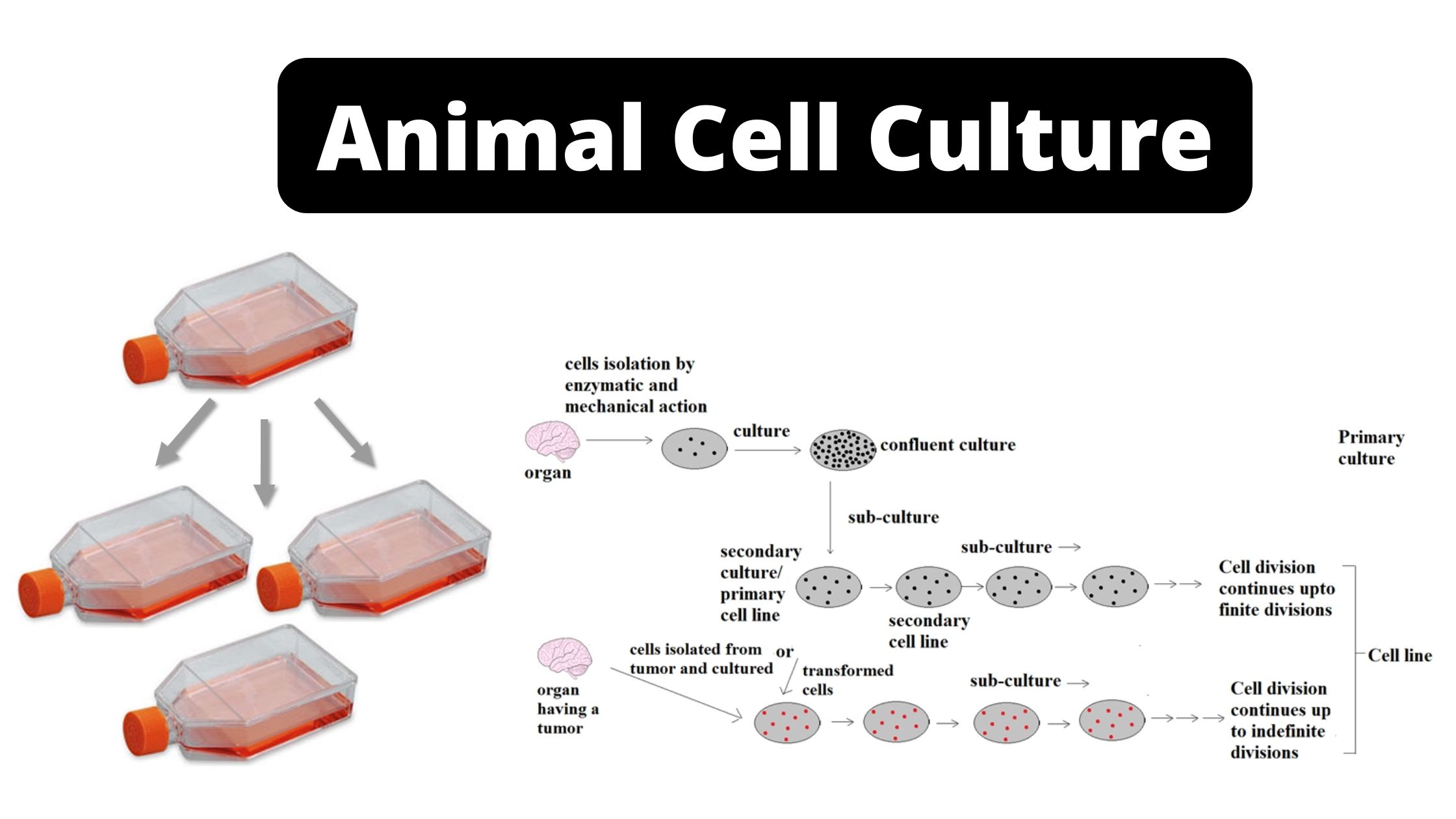Homeostasis – Definition, Mechanism, Types, Importance, Examples
What is Homeostasis? Definition of Homeostasis Homeostasis is the process by which living organisms maintain a stable internal environment despite external changes, ensuring optimal functioning of physiological systems. This involves regulating various parameters such as temperature, pH, and ion concentrations through feedback mechanisms that include receptors, control centers, and effectors. Components and Process of Homeostasis … Read more
